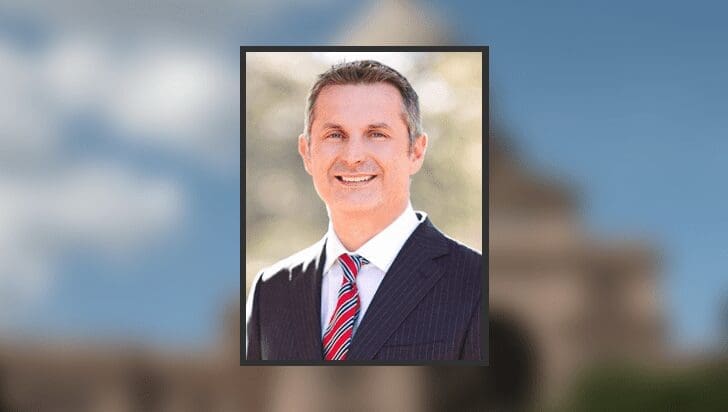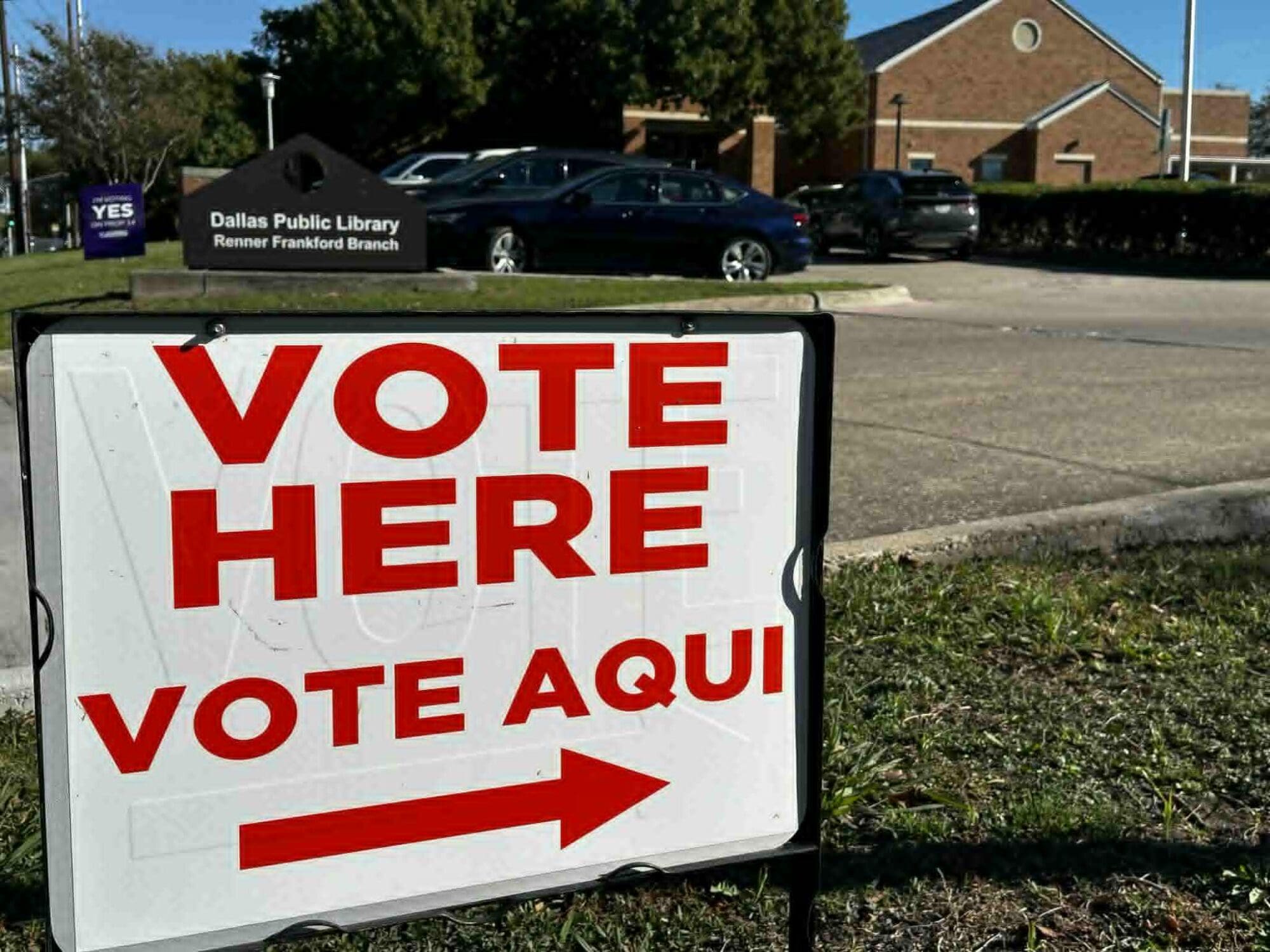Texans all across the state are reporting ever-increasing property tax burdens and hoping to receive tangible property tax relief out of the ongoing special legislative session.
These increases are happening despite the property tax reforms passed by the Legislature in 2019 that limited the rate by which property tax valuations could increase.
On Monday, State Rep. Tom Oliverson (R–Cypress) filed a bill to address this very issue.
The property tax system is admittedly complicated. In short, the bill as filed uses 90 percent of surplus funds located in both the general revenue and general revenue-dedicated accounts to “buy down” school district maintenance and operation property taxes until they reach zero. It precludes school districts from imposing a certain rate for that same school year and any school year thereafter until the rate reaches zero.
Upon elimination of the maintenance and operation taxes, surplus dollars would be returned to use for their current general purposes. (Brass tacks: The bill provides a framework for school maintenance and operations tax rates to approach zero by having the state provide for that decrease.)
In response to the bill being filed, Vance Ginn, the chief economist of the Texas Public Policy Foundation (TPPF) said:
“Texans want a lower property tax bill, and our goal is to eliminate it as fast as possible. The Legislature can help achieve this by using most if not all the state’s $7.85 billion surplus to reduce school district maintenance and operations property taxes, which comprise nearly half of total property taxes levied statewide, now and then pass HB 122 to eliminate the rest of it by 2041. By following this approach of limiting government spending and returning money to taxpayers, Texans can prosper for generations to come.”
In July, during the first called special legislative session, TPPF released a plan that they believe will lower property taxes in the state of Texas. One of the approaches to that plan was for the elimination and replacement of school maintenance and operations taxes by redesigning the entire property tax system.
As a part of that plan, Dr. Ginn said, “Local property taxes have been growing faster than the average taxpayer’s ability to pay for them, which places an undue burden on Texans and stifles economic growth. Elevated and rising property taxes limit Texans’ opportunities to save, invest, and leave a legacy for future generations.”
James Quintero, policy director for the TPPF Government for the People initiative, said, “Local governments are taxing Texans out of their homes. This deeply unfair situation must be made right—and soon. Texans are eager for big, transformative changes from our state leaders.”
Unknown at this juncture, however, is whether the House of Representatives will once again retain a quorum, or the attendance necessary to consider this bill. At the start of the special session on Saturday, they were still unable to conduct legislative business. This lack of quorum also meant that they are currently unable to refer bills to House committees for consideration.
The Texas Senate’s Approach Thus Far
As of this publication, a companion bill to Oliverson’s has not been filed in the Texas Senate. However, the Senate has already passed a few bills out of its chamber purporting to provide property tax relief both over the next biennium and into the near future.
One of those bills would allow for someone who acquires property to also qualify for the homestead exemption from property taxes within the first year of that acquisition. Another would put it to voters to extend the current tax rate compression from a bill passed during the 86th Legislative Session to those that qualify for the existing “over 65/disabled” exemption. Altogether, supporters of those bills believe they will provide some property tax relief over the next few years.
Similar bills were filed during the first special session and passed the Senate, but they were never considered by the House due to a lack of quorum.
Gov. Greg Abbott praised the passage of those bills from the Senate during the first special session, promoting it as nearly $750 million in property tax relief over the next four years.
But, as Texans for Fiscal Responsibility noted, that legislation uses less than 10 percent of the $7.85 billion budget surplus, amounting to less than a 0.25 percent reduction in property taxes per year.
Where Texas Ranks Compared to Other States
As we have previously reported, in February of last year, WalletHub reported that the state of Texas had the seventh-highest property tax burden in the United States, coming in lower than Wisconsin, Vermont, Connecticut, New Hampshire, Illinois, and New Jersey, where the annual taxes paid on a home priced at the state median value was $3,099.
Just one year later, another report from the Tax Foundation has Texas ranked as the state with the sixth-highest property tax rate, preceded only by Connecticut, Vermont, New Hampshire, Illinois, and New Jersey.
To find out more about what happened during the regular 87th Legislative Session regarding property taxes, you can find our autopsy report here.





